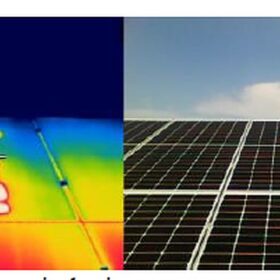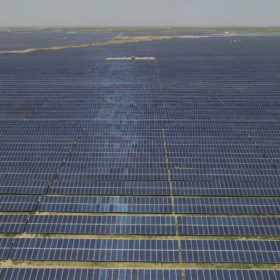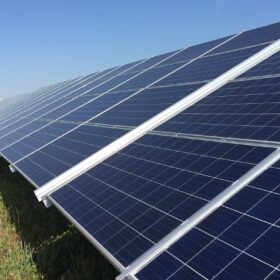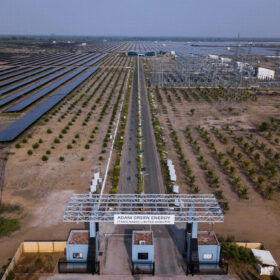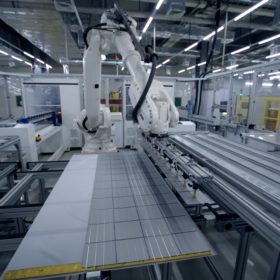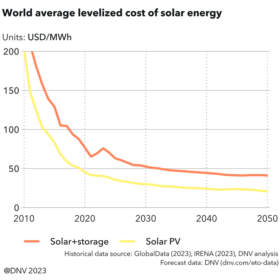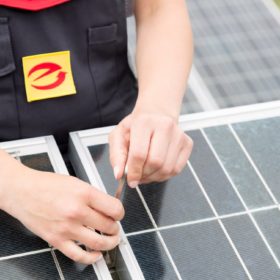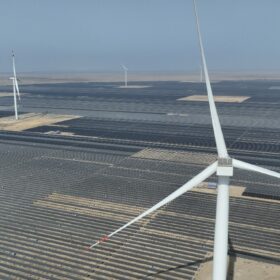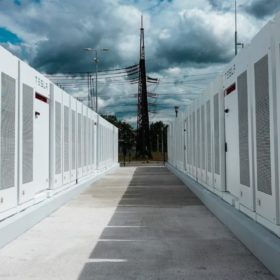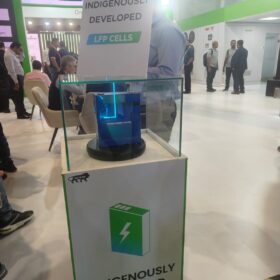Combination of half-cut, bifacial solar cell designs may contribute to hotspot formation
Scientists in Spain tested PV modules under partial shading conditions, aiming to better understand the formation of performance-damaging hotspots. The study reveals a potential issue particularly affecting half-cell and bifacial modules, which may cause accelerated performance loss and is not covered by current testing/certification standards.
Avaada secures $1.8 billion REC finance for green ammonia project
Avaada has signed a memorandum of understanding with REC Ltd for $1.8 billion green ammonia project financing.
SECI launches 1 GW solar tender
The Solar Energy Corp. of India (SECI) is accepting bids to develop 1 GW of interstate transmission grid-connected solar projects in India. Bids can be submitted until Nov. 20.
Arctech surpasses 6.2 GW of solar tracker installation in India
Arctech manufactures solar trackers in India through its joint venture Jash Energy, which has an annual manufacturing capacity of 3 GW.
Uttar Pradesh selects TNC’s solar siting tool
Uttar Pradesh New & Renewable Energy Development Agency (UPNEDA) and The Nature Conservancy (TNC) India will collaborate to identify land parcels for large-scale renewable energy projects in the state. They will also collaborate on policy and research related to the low-impact siting of utility-scale solar and wind projects.
Maharashtra discom tenders EPC package for 600 MW solar
Maharashtra State Power Generation Co. Ltd. (MSPGCL) has invited bids to install and commission 600 MW of solar projects in Maharashtra.
Adani Green commissions 150 MW solar project in Rajasthan
The solar power generated from the plant will be sold to third parties or on power exchanges.
India’s emergence as a credible option in renewables supply chain
Clean technology and ancillary equipment offer a cumulative $300-400 billion sales opportunity for Indian manufacturers within this decade, according to a new report by KPMG that says India has the potential to emerge as an alternative in the renewable energy supply chain.
World: Solar PV LCOE expected to slide to $0.021/kWh by 2050, says DNV
By mid-century the levelized cost of energy (LCOE) for solar PV will be $0.021/kWh, a new report by risk management company DNV predicts. The learning rate for solar is predicted to decrease from 26% to 17% by 2050.
How women are driving the sustainable energy transition
The sustainable energy transition transcends the ambit of technological change; it is, fundamentally, a societal transformation. Women, constituting half of the global population, assume an unequivocally vital role in this paradigm shift.
